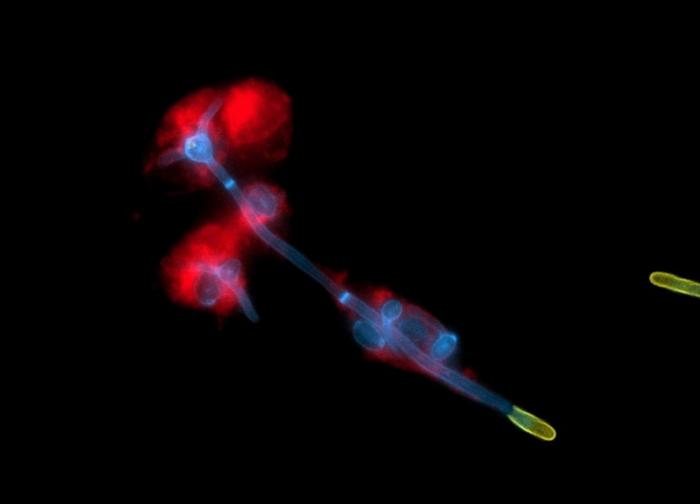New research has unveiled that the fungus Candida albicans employs a finely tuned expression of the toxin candidalysin to evade immune detection in the oral cavity. While C. albicans is a natural inhabitant of the human microbiome, it can shift from a benign yeast form to a pathogenic hyphal form, leading to severe infections, particularly in immunocompromised individuals. The study, published in Nature Microbiology, highlights the dual role of candidalysin—not only does it facilitate infection, but it also aids in the inconspicuous colonization of the oral mucosa.
Researchers found that the amount of candidalysin produced is critical; insufficient levels hinder colonization, while excessive production incites a robust immune response. This delicate balance allows C. albicans to persist in the oral environment, avoiding immune detection and potentially leading to chronic infections. The findings underscore the importance of understanding toxin regulation in fungal pathogens, which could inform future therapeutic strategies and improve management of Candida infections.
Open the full market picture for your next decision →



